Main Venues
The main venues of the Aichi Triennale 2025 are the Aichi Arts Center, the Aichi Prefectural Ceramic Museum, and numerous locations in the city of Seto.
Aichi is home to Japan’s third-largest metropolitan area, after Tokyo and Osaka, with a population exceeding 7.4 million. The region is known for its many attractions, ranging from historical sites such as Nagoya Castle and Atsuta Shrine to Ghibli Park, which opened in 2022 in the Expo 2005 Aichi Commemorative Park (Moricoro Park). As a major manufacturing hub, especially for the automotive sector, Aichi is often called Japan’s “manufacturing capital” and continues to be a leader in technological innovation.
One of the roots of Aichi’s manufacturing lies in the city of Seto, which is famous for its ceramic tradition that dates back more than a thousand years. Today, Seto’s heritage lives on in thriving industries such as insulator manufacturing and fine ceramics. One of Japan’s “Six Ancient Kilns,” Seto is a historic pottery center that has continued production since the medieval period and inspires and captivates people across generations.
As one of Japan’s largest international art festivals, the Aichi Triennale 2025 brings together 61 artists and groups at three key venues: the Aichi Arts Center in Sakae, one of the country’s most vibrant downtown areas; Seto, a city known for its world-famous Seto ware; and the Aichi Prefectural Ceramic Museum, which showcases ceramics from around the world.
Aichi Arts Center
Aichi Arts Center is a cultural complex that was opened in the center of Nagoya City in 1992 to act as a base for art and culture in Aichi Prefecture.It comprises the following facilities: the Aichi Prefectural Museum of Art, which houses a rich collection of work from Japan and abroad, with a focus on 20th century art; the Aichi Prefectural Art Theater, which includes the Main Theater, Concert Hall, and Mini Theater; and the Aichi Prefectural Arts Promotion Service, which consists of an Art Space, Art Library, and Art Plaza.
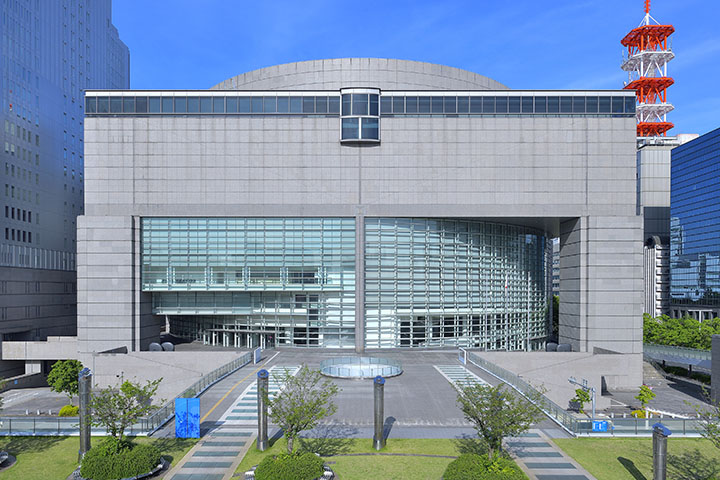
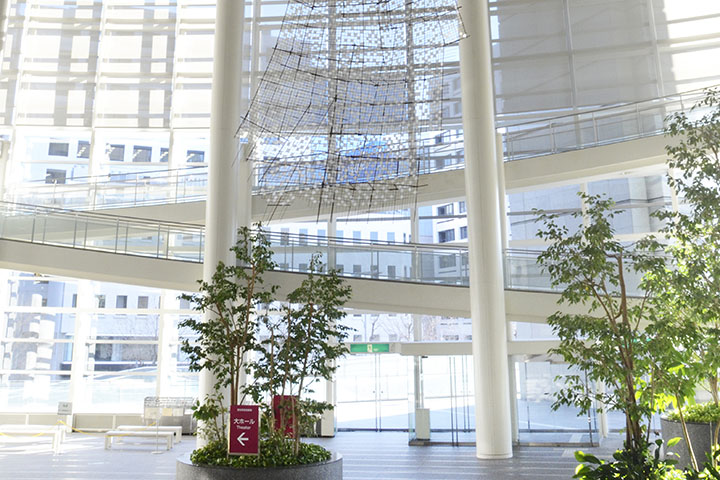
- Hours
- 10:00 to 18:00 (20:00 on Fridays)
* Last admission 30 min before closing time - Closed
- Closed on Mondays
(If Monday is a public holiday, the museum will be closed on the following Tuesday)
* 9/16 (Tue), 11/25 (Tue) temporary opening
Aichi Prefectural Ceramic Museum
In 1978, the Aichi Prefectural Ceramic Museum was established in Seto,a leading ceramics hub in Japan. In 2013, it underwent a name change to emphasize its status as an art museum, marking a fresh beginning. Set within lush green surroundings, the museum’s expansive grounds feature two main exhibition spaces -the Main Hall and “Deign Aichi” Gallery - in addition to the Ceramic Craft Studio for pottery-making experiences and the Old Kiln-Sites House showcasing ancient kiln remains. It serves as a dedicated museum focusing on ceramics, offering a multi-faceted approach to pottery.
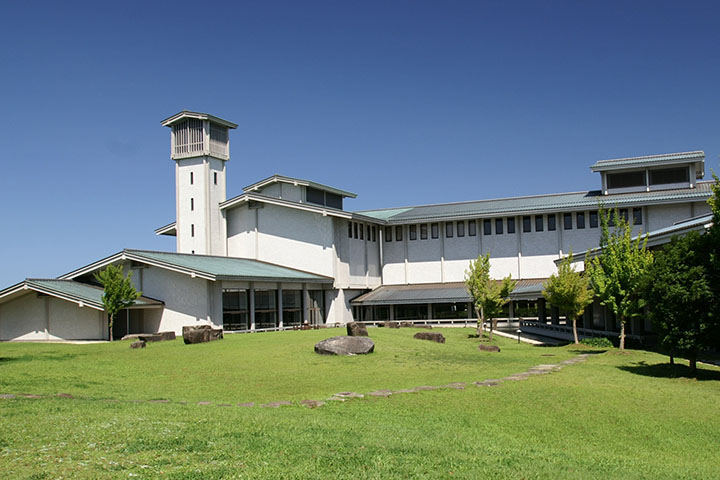
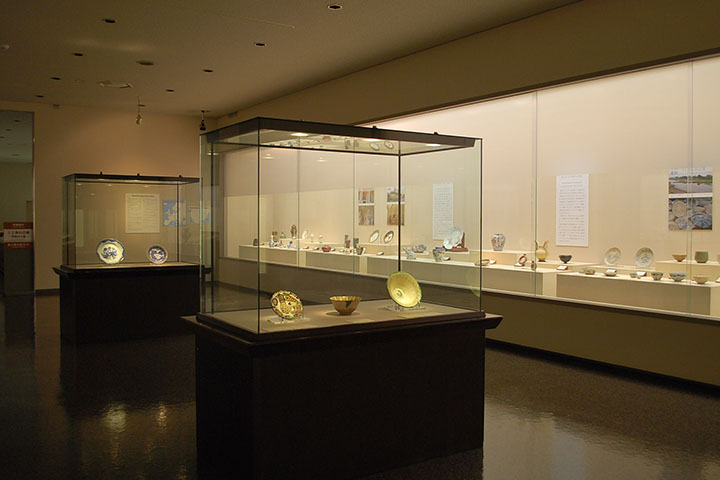
- Hours
- 9:30 to 17:00 (until the end of September)
9:30 to 16:30 (from October onwards)
* Last admission 30 min before closing time - Closed
- Closed on Mondays
(If Monday is a public holiday, the museum will be closed on the following Tuesday)
* 9/16 (Tue), 11/25 (Tue) temporary opening
Seto City
Seto City is located roughly 20km north-east of central Nagoya, with a population of approximately 130,000. It is surrounded by low mountains and has more than a thousand years of tradition of pottery and ceramics. Blessed with an abundant supply of high-quality clay, the city’s ancestors established it as a ceramic capital by flexibly adopting new techniques and cultures. The city’s name is indeed the origin of the word seto-mono, a synonym for ceramics.
In 2017, Seto was registered to Japan Heritage as part of Rokkoyō (the Six Ancient Kilns) along with Tokoname, Echizen, Shigaraki, Tamba, and Bizen. Today, numerous ceramicists and creatives are producing new works every day in kilns and studios in the city. The pottery city’s unique characteristic can be seen everywhere, such as walls and fences built with potter’s tools and bridge rails decorated with ceramics.
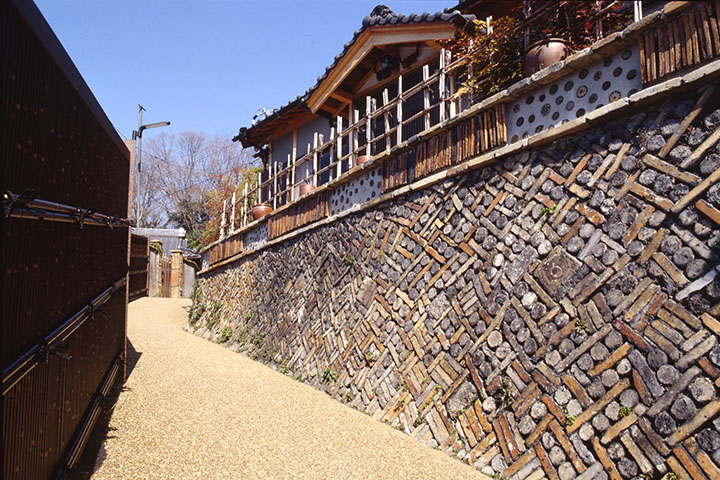

- Hours
- 10:00 to 17:00
* Last admission 15 min before closing time
(Entry to Seto City Art Museum is possible until 30 minutes before closing time) - Closed
- Closed on Tuesday
(If Tuesday is a public holiday, the museum will be closed on the following Wednesday)
* 11/25 (Tue) temporary opening

